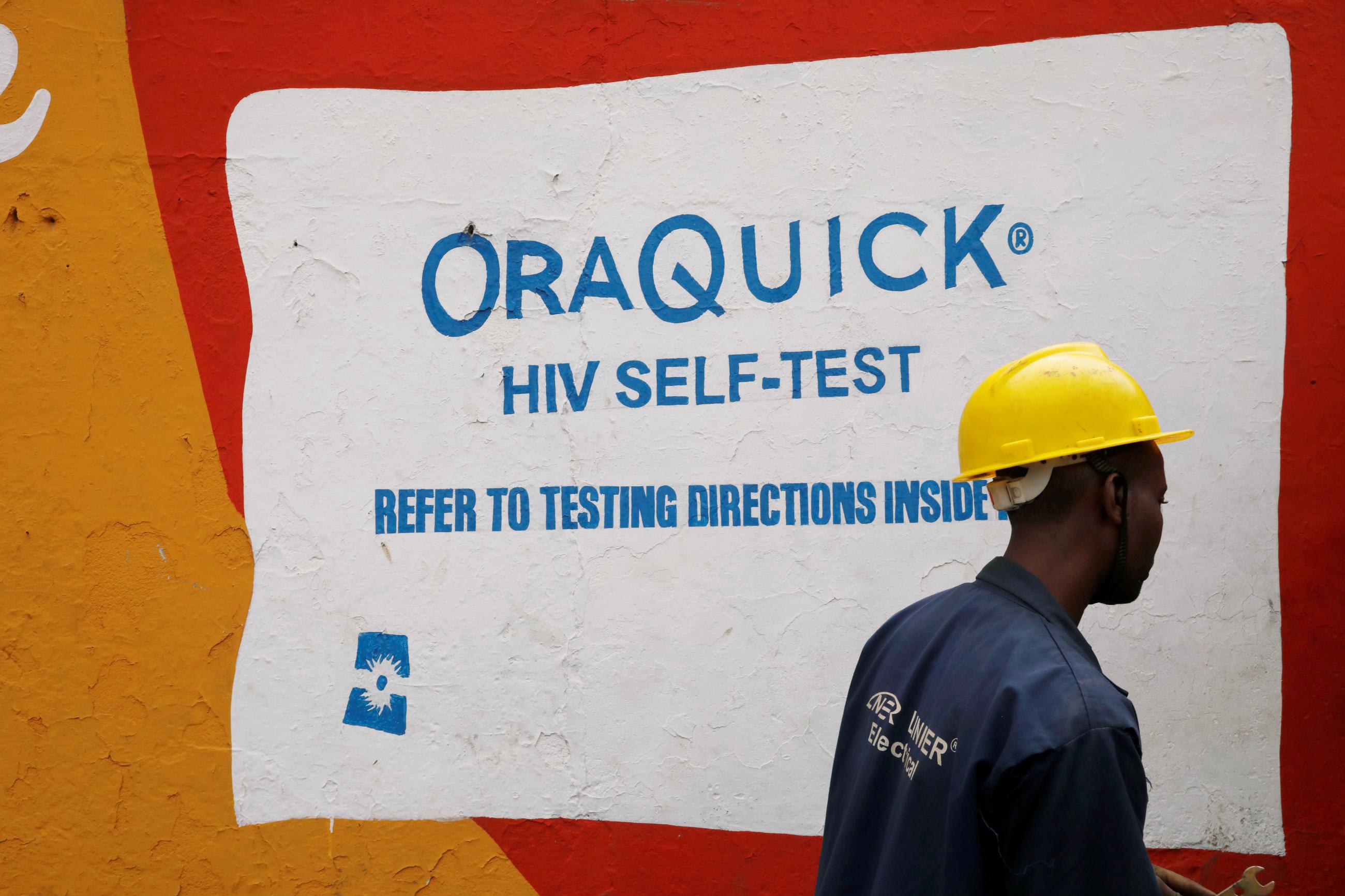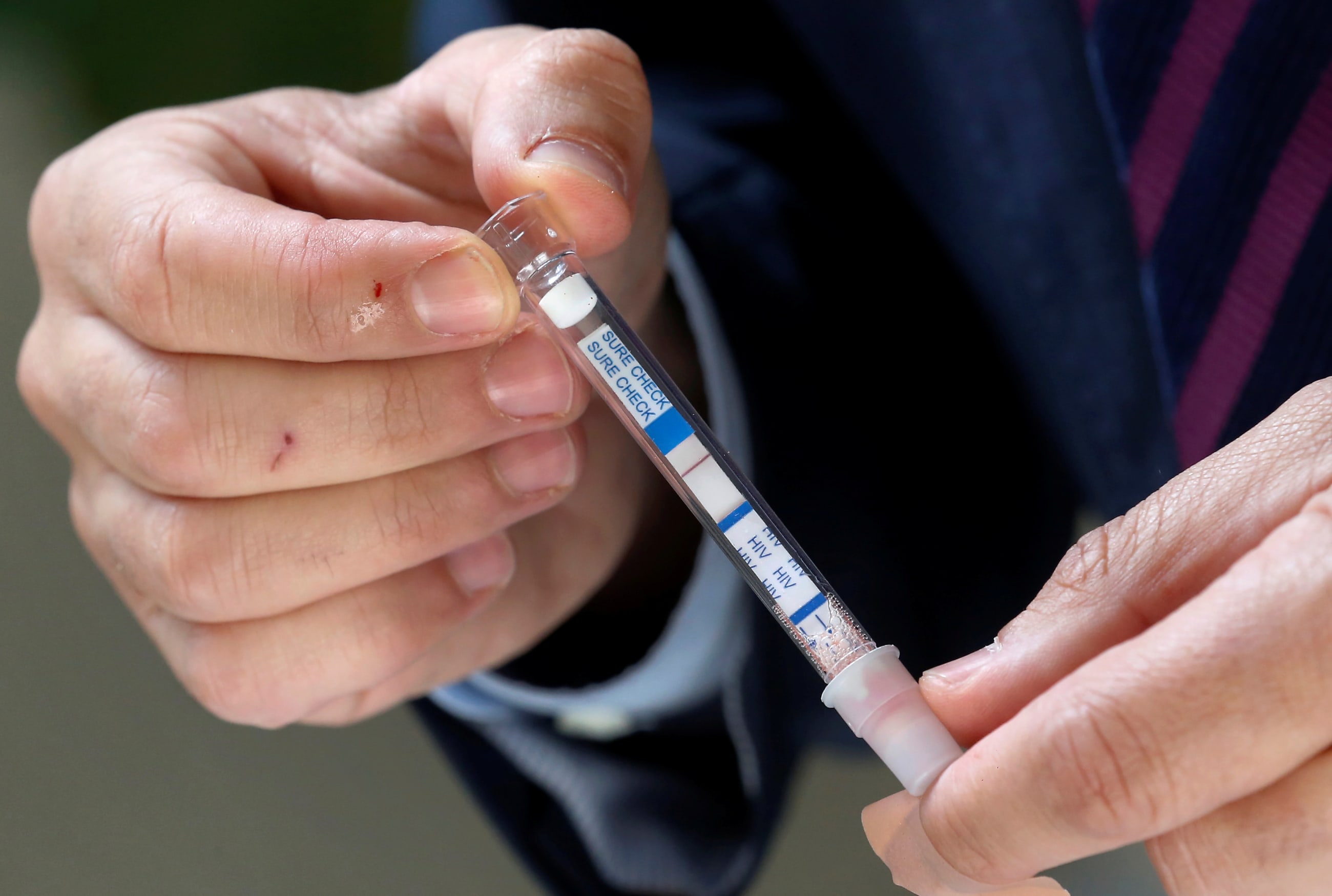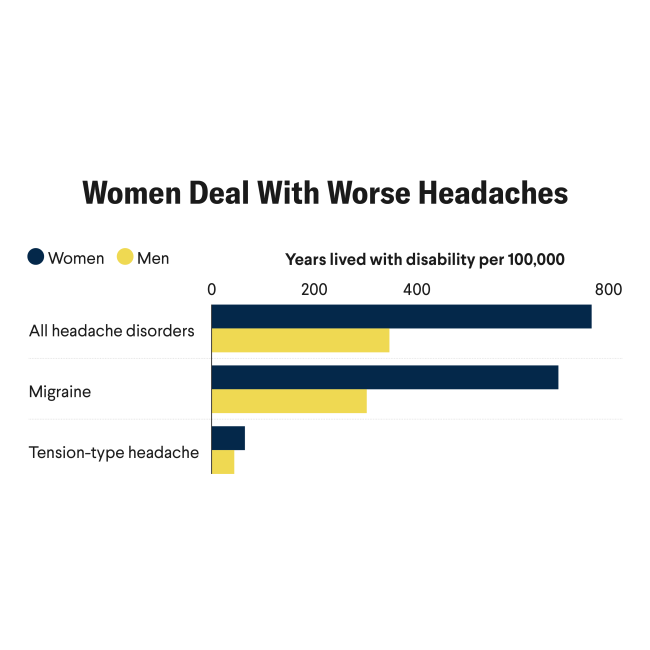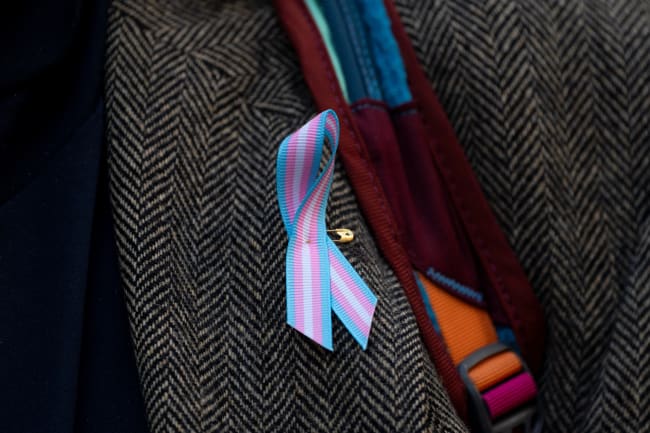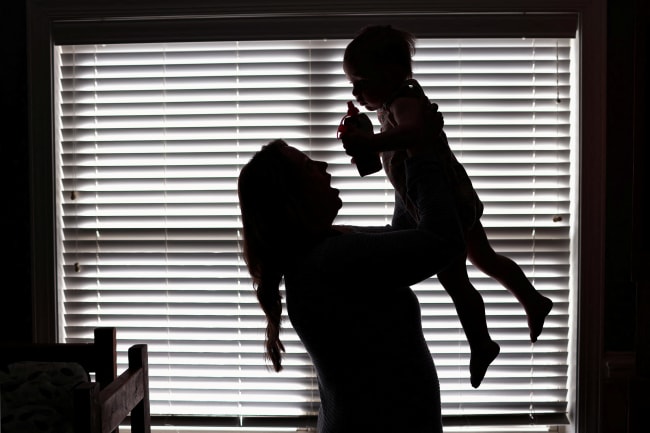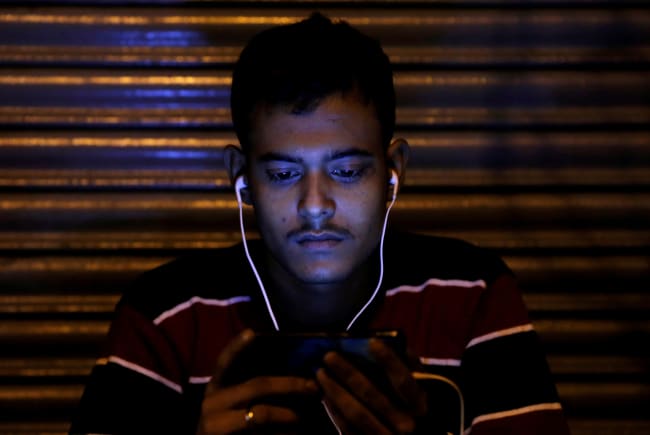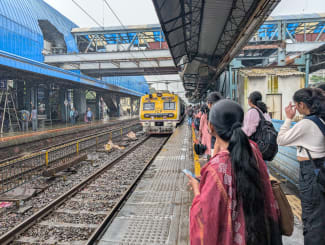HIV testing has long been fraught with barriers of stigma, discrimination, and limited accessibility—especially for gay, bisexual, and transgender (GBT) people. Despite decades of awareness and advocacy, many people in the United States and other countries remain underserved by traditional health-care systems because of barriers that include short clinic hours, transportation costs, privacy concerns, and fear of judgment.
At-home HIV self-testing (HIVST) is changing that by delivering a discreet and convenient screening tool to people's homes. HIVST leverages technology, strategic partnerships, and community-based solutions to expand access to testing and support the prevention of HIV.
The demand for HIV self-testing is undeniable. A recent survey found that 77% of U.S. dating app users are interested in ordering an HIV self-test, and 22% have never been tested. Globally, 1 in 5 people are unaware of their HIV status. To help close that gap, the World Health Organization recommends self-testing as an effective tool to prevent new infections.
Globally, 1 in 5 people are unaware of their HIV status
Digital innovations are already reshaping the fight against HIV and accelerating progress toward achieving the 95-95-95 targets [PDF]—where 95% of people living with HIV know their status, 95% of people who know their status receive HIV treatment, and 95% of people on treatment are virally suppressed. The potential of at-home screening, however, is threatened by anti-LGBT laws and recent funding cuts that limit access to testing. These changes could reverse decades of progress, hinder organizations' ability to continue to save lives, and put millions of GBT people at heightened risk for HIV.
A Digital-First Solution for HIV Self-Testing
Digital platforms are essential to expanding access to sexual health services and enhancing public health efforts. Building Healthy Online Communities (BHOC) is a consortium of public health leaders working with dating apps to support HIV and STI prevention online. Through its partnerships, BHOC has successfully incorporated sexual health information and features—sexual health-related profile options, testing reminders, and HIV testing access—to improve users' health awareness in the United States.
By surveying dating apps and their users, BHOC was able to identify gaps in HIV screening and learn which services would generate the most uptake. Those findings led to the development of the TakeMeHome self-testing program that has provided testing kits to more than 500,000 people in the United States.
Since its launch in 2023, one-third of TakeMeHome users have been first-time testers, demonstrating the model's success at helping people overcome barriers to testing. One of BHOC's long-standing partners, Grindr for Equality, the social impact initiative of Grindr, the world's largest GBT social networking platform, is paving the way for at-home HIV testing by teaming up with BHOC.
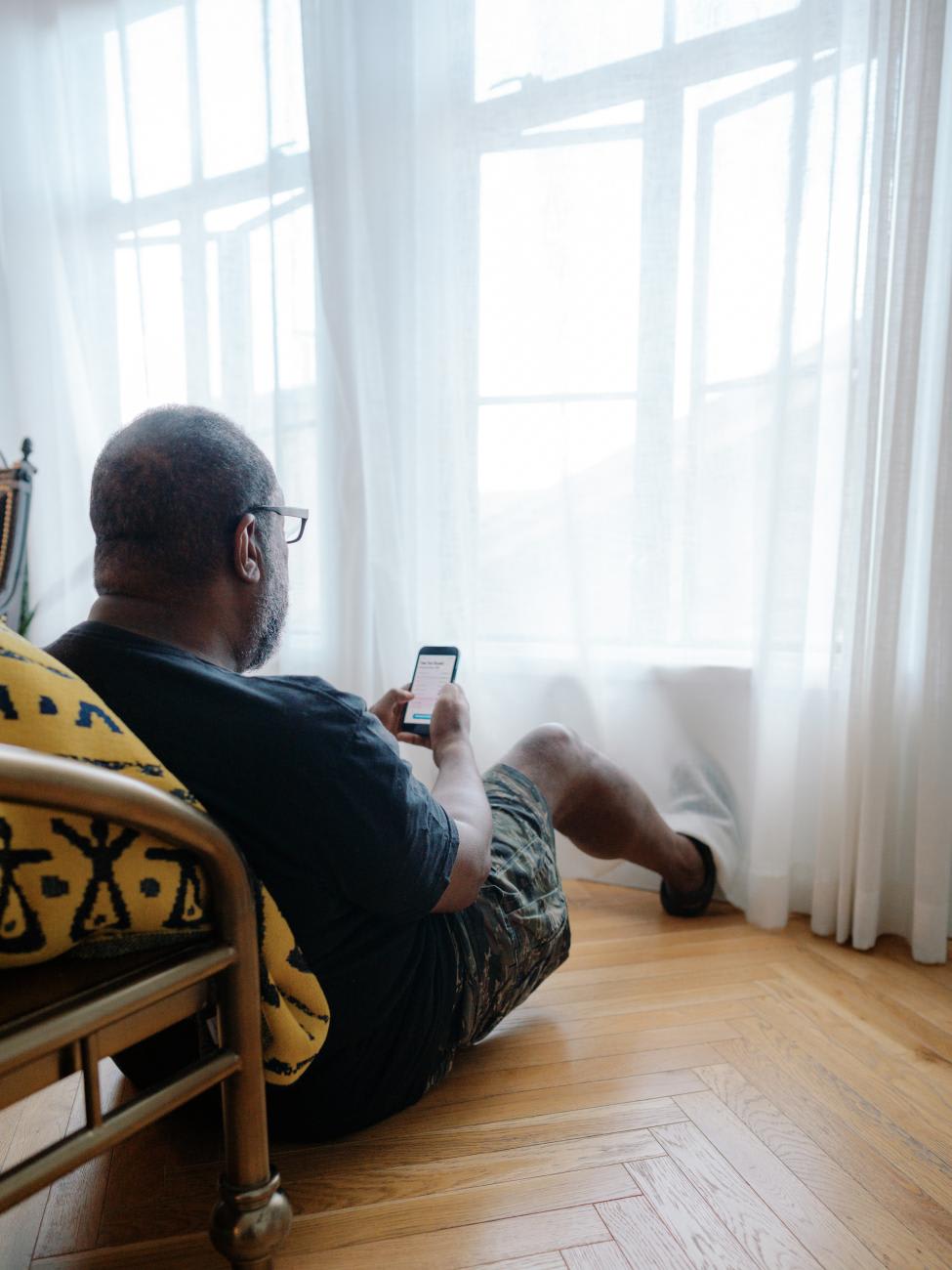
On Grindr, users can be linked to TakeMeHome or another self-testing platform near their location to order an at-home test kit in less than a minute using a designated button within the application. By integrating self-test ordering directly into the app's interface, those organizations are bringing HIV testing out of clinics and into Grindr's platform where GBT people are engaged. This approach bypasses traditional barriers, reduces stigma, and ensures that individuals who might never step into a clinic can still take charge of their health.
TakeMeHome's potential extends globally. By partnering with apps like Grindr, public health stakeholders can optimize resources to repurpose allocation funds to purchasing more test kits, expanding counseling services, and improving follow-up care. Instead of relying on outreach campaigns that cost millions of dollars and may not reach the intended audience, this model creates direct, measurable impact and puts self-test kits into the hands of those most in need.
Community-based organizations and public health departments worldwide are using digital health solutions—such as Self-Testing Africa Initiative (STAR), QuickRes, TakeMeHome—to expand HIVST access, enabling individuals to confidentially know their status. These initiatives deploy social media applications, digital vending machines, and SMS-based interventions to reach at-risk populations. For these digital solutions to drive meaningful change, however, they should consider cultural sensitivities and infrastructural constraints in health-care systems.
Successful implementation depends on tailoring solutions to each region's unique health infrastructure, social norms, and policy landscape. Factors such as resource mobilization, distribution logistics, and community engagement influence the effectiveness of self-testing initiatives.
Scaling a Global Model with Local Adaptation
So far, 102 countries have reported national policies with HIV self-testing, yet running these programs is challenging given a lack of resources, implementation barriers, and unsustainable infrastructure. For these countries to develop effective and sustainable programs, strong partnerships with in-country organizations, local health agencies, and community stakeholders are essential. Culturally responsive partnerships build and enhance HIV self-testing infrastructures by reducing stigma and regulatory barriers.
Evidence-based models show that partnerships incorporating community-driven feedback and data-driven insights significantly enhance service delivery. Grindr for Equality and BHOC are adapting their approach to appeal to the country's culture in several parts of the world.
Partnerships in each location were selected based on a shared vision: a commitment to implementing community-level interventions and providing judgment-free resources.
To achieve optimal results, organizations were chosen for their ability to leverage their networks to distribute HIVST kits, educate communities, and advocate for greater access to HIV prevention and treatment services—ultimately strengthening the continuum of care. In London, Ireland, and the Republic of Georgia, HIV self-testing is implemented through initiatives such as PrEPster at the Love Tank in partnership with Sexual Health London and Grindr's with Equality Movement and MPOWER. Similarly, Grindr for Equality also expanded its self-testing program to New Zealand with the Burnett Foundation Aotearoa and to Australia in collaboration with the National Association of People with HIV Australia—where the Grindr platform features an ordering platform in seven languages to better serve linguistically diverse users.
Equal Namibia, a youth-led LGBTQ+ organization, was instrumental in facilitating a partnership with InterHealth Namibia, marking the official expansion of HIV self-testing into Africa. In Brazil, the Health Ministry is using geographic information systems technologies and spatial visualization help pinpoint areas with the highest demand for self-testing, enabling self-test kits alongside PrEP to reach at-risk individuals and maintain supply in high-demand regions. These collaborations demonstrate how targeted efforts are improving the efficiency of testing in reaching key communities.
Global HIV self-testing programs that are driven by digital health interventions and guided by contextualized approaches can expand access, improve health outcomes, and embed routine testing into daily life. This makes HIV prevention more inclusive and effective and has the power to revolutionize individual health outcomes and contribute to health system strengthening.
HIV self-testing through digital health solutions, such as dating apps, is more than just a technological advancement: It is also an opportunity to redefine sexual health, normalize routine testing, and accelerate progress toward ending the HIV epidemic. By embedding self-testing as a standard feature within digital platforms health systems can eliminate stigma, promote early detection, and ultimately save lives. The demand is undeniable, the infrastructure is taking shape, and the opportunity for impact is high.
